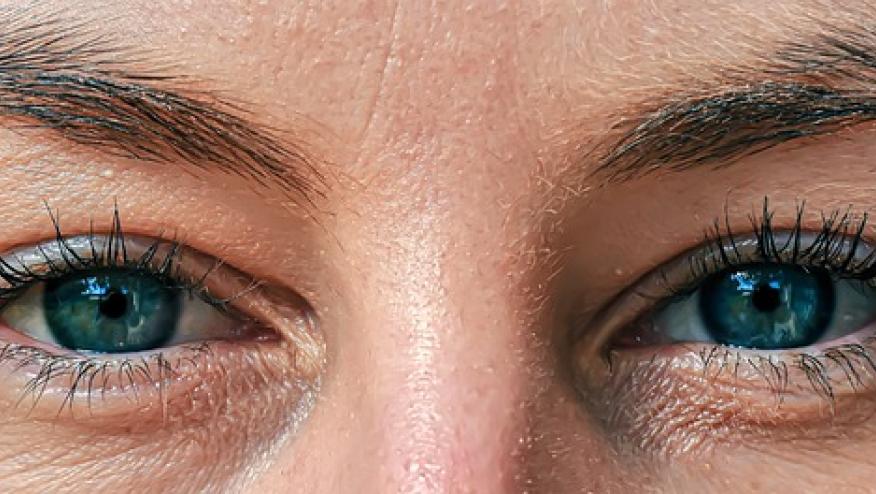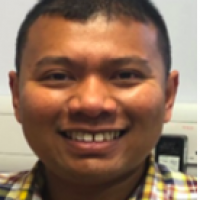Update on Sjogren's disease trials Save

With better endpoint and patient selection strategy over the last 4 years, many new therapies have met their endpoints/shown promising signal in the Phase 2 randomised controlled trials (RCTs) in Sjogren's disease (iscalimab, ianalumab, dazodalibep, and sequential therapy belimumab + rituximab). Since many previous studies have shown the discordance between physician assessment (ESSDAI) and patient’s symptom burden (ESSDAI), there is a glimmer of hope with the efficacy signals demonstrated by both iscalimab and dazodalibep in two patient cohorts; a) cohort 1 = high disease activity with variable symptom burden and b) cohort 2 = high symptom burden but low disease activity. Is there anymore update at the EULAR 2024 congress?
Iscalimab is an Fc silenced fully human anti-CD40 mAb. At ACR 2023, the week 24 primary endpoint results from the TWINSS Phase 2b dose ranging RCTs were presented. The present study (OP0008) evaluated its efficacy and safety further up to 48 weeks. At 24 weeks, PBO-treated patients switched to iscalimab 600 mg (cohort 1) and 300 mg (cohort 2), while the patients originally assigned to iscalimab arms in both cohorts continued their initially randomised dose. At week 48, all iscalimab doses showed further improvements in ESSDAI, unstimulated salivary flow rate and PROs (ESSPRI, FACIT-Fatigue, Sjogren Syndrome Symptom Diary, and IDEEL) corroborating the results seen at Wk 24 in two distinct groups of patients with active SjD. 2/256 deaths were recorded of the two cohorts and no thromboembolism episode.
In the late breaking abstract session, Gottenberg J et al. (LBA0010) presented data from a Phase 2 RCT of a novel therapy, Nipocalimab, an anti-neonatal Fc receptor (FcRn) mAb that reduces circulating IgG, including autoantibodies, by selectively blocking the interaction of IgG with FcRn. In moderate to severe active anti-Ro (52) and/or anti-Ro (60) positive SjD patients, they were randomised to either IV nipocalimab at 5 or 15 mg/kg, or PBO every 2 weeks through Wk 22. The primary endpoint, a change in clinical ESSDAI at week 24 was met significantly in the high dose NIP 15mg/kg group vs PBO but not the lower dose group. Most key secondary endpoints were also met in the high dose NIP group including a change in the Physician Global Assessment of Disease Severity, response rates for Sjogren’s Tool for Assessing Response (STAR), Composite of Relevant Endpoints for Sjogren’s Syndrome (CRESS), and disease activity level (DAL), as well as numerical improvement in the ESSPRI. Serious infection rate was low overall but doubled in the lowest dose NIP group vs PBO (3.8% and 1.9% respectively) although these events were not related to the degree of IgG level. This therapy will start its Phase 3 RCT by the end of this year.
Lastly, negative RCT also needs to be reported. Phase 2 RCT of S95011 Lusvertikimab, an anti-IL7 receptor mAb in moderate to moderate to severe active SjD failed to meet its primary endpoint (i.e. a change in ESSDAI to week 13) against placebo (POS0375). Other key secondary and biomarkers endpoints, as well as ESSPRI also showed no improvement in the S95011 group vs PBO. Therefore, despite elevated levels of IL-7 and IL-7R in the blood and tissues of SjD patients were previously published, the current RCT showed that that inhibition of the IL-7 pathway over 13 weeks might not be sufficient to impact disease progression.










If you are a health practitioner, you may Login/Register to comment.
Due to the nature of these comment forums, only health practitioners are allowed to comment at this time.